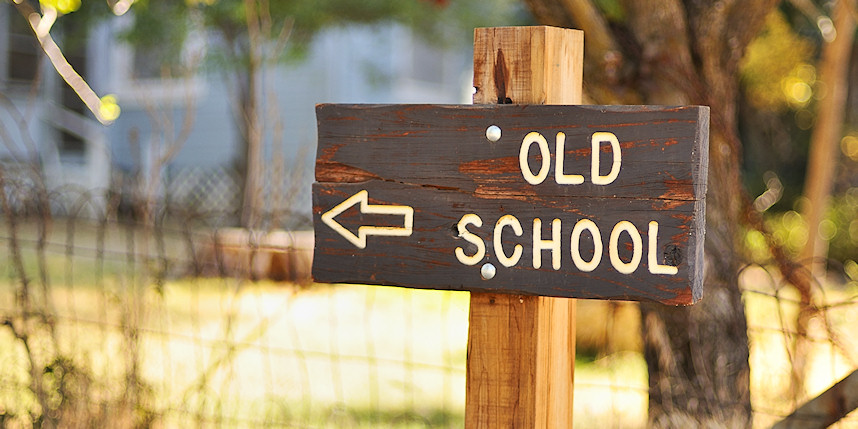 |
Recently in class we've been talking about digital citizenship. The students have been researching what it means, and how they need to comply with it. Wild right? We talk about citizenship, we realize that they are some of the most literate users, but we create the "rules". So much of what we (as learners) saw on brain pop seemed to talk about protecting our privacy. While I agree it's so important to protect our privacy there were very few examples of how we can leverage media to be more meaningful for us.
I wonder more about growing up and the rules we were told, how we are using the same old rules in the same old ways. Don't talk to strangers... it seems so important, but what if those are the people we need to connect to in order to learn about our passions? How can we do this "mindfully" or being aware of which risks we should/can take?
The report suggests that we shouldn't "bear down on kids with complicated rules". We need to open up, and be open about the massive benefits and some fears of the internet. But to be real digital citizens, we need to give our fellow citizens a say and a voice in how they can and should use this valuable and constantly changing digital world.
Peer based learning is so crucial to all aspects of learning. Take this course for example, required readings or our blogs, our voice is so important, we are the "prosumers". The same with my students, I give them chances to teach and interact with each other, and they learn by pushing each other further, and exploring the knowledge that they feel is important (within the confines of the programs or ideas we are exploring).
The title of this post is from http://www.edutopia.org/adopt-and-adapt-shaping-tech-for-classroom . While this seems to be dated (2005), it immediately resonated with SAMR for me.
 |
So often our first, after dabbling according to Jeff, (and not wrong, but first) step is substitution. We know the things we know really well, we see a tool and use that tool in a way we've always thought. Augmentation is the second step, but honestly, it's a pretty huge step for so many people. We are starting to see things in new ways.
As life-long learning models we need to keep pushing ourselves to see things in new ways and open up to other people contributing to our shared digital world.
I know shorter is sweeter, I'll leave this for now, but would love to discuss these ideas further, so please contribute.
No comments:
Post a Comment